When Younger Vs When Older Disney Movies
Did Disney shape how you see the world?
(Image credit:
Getty Images
)
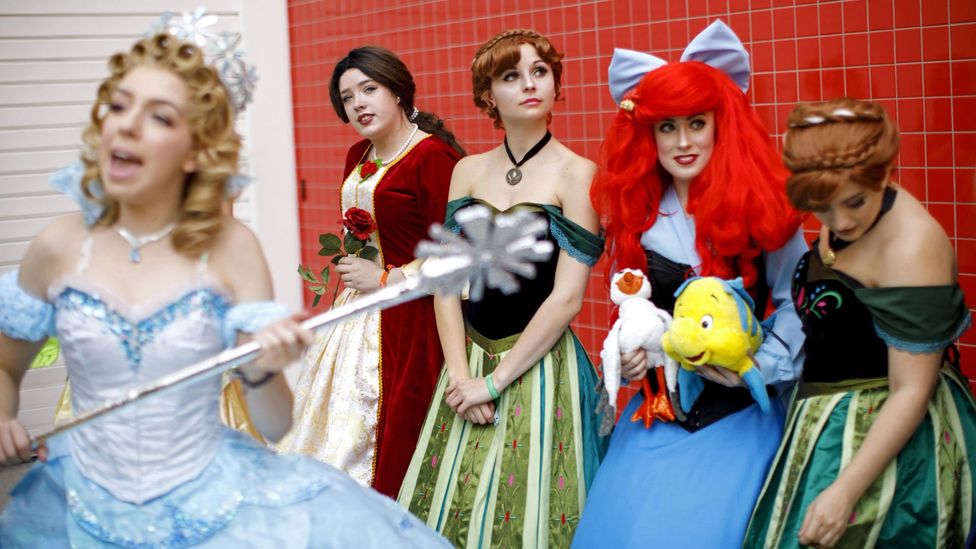
There's a good chance that some of your beliefs have been influenced by decades of animated movies.
D
Do you whistle while you work? Perhaps you prefer to just keep swimming. Or maybe you're trying to fit your phenomenal cosmic powers into an itty, bitty living space.
If any of these phrases are now worming their way out of your consciousness (you're welcome), then it is likely you are a child of Disney, brought up on regular diet of chirpy tales to keep you occupied while your parents grabbed an hour for themselves.
The generation now filling up workplaces were fed a feast of feature-length animations during their formative years like no others before them.
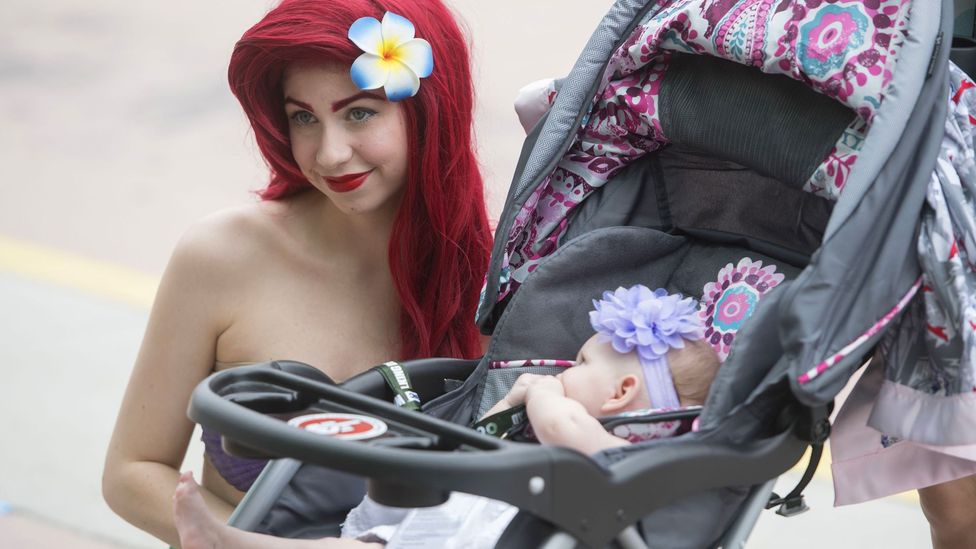
From The Little Mermaid to Zootopia, Disney's portrayals of the world of work have shifted (Credit: Getty Images)
The Little Mermaid first came out 30 years ago and less than six months later was released on home video. This was a significant break for Disney, who usually waited several years before releasing movies on VHS. The films that followed through the 1990s – including Beauty and the Beast, then Aladdin, the Lion King, Pocahontas and the first two Toy Story movies – also came out on video around a year after their cinema release.
And then came DVDs. Disney's first animated DVD was a re-release of The Little Mermaid in 1999. DVDs didn't need rewinding and were less susceptible to going wonky after being repeatedly watched. They were the perfect "electronic babysitter".
But has Disney's cocktail of morality, stereotypes and a sprinkling of magic had any lasting impact on this generation of adults who, once upon a time, devoured these films as children? And could it be influencing how your colleagues behave in the workplace or even your future career?
"Disney is quite pervasive within our modern culture," says Martyn Griffin, an expert on the cultural perceptions of work and organisation at Durham University in the UK. "Home videos exposed kids over and over again to the ideas in Disney films. If they were doing this from a young age it is bound to have an impact."
At face value, these cartoons are harmless entertainment, but some researchers have raised concerns about the subliminal lessons Disney's films contain. Perhaps the most common criticism is the way these have portrayed gender, racial and cultural stereotypes in the past. The opening song Arabian Nights in Aladdin, for example, contained the line "where they cut off your ear if they don't like your face" when it was released in 1993. Disney later changed the lyric.
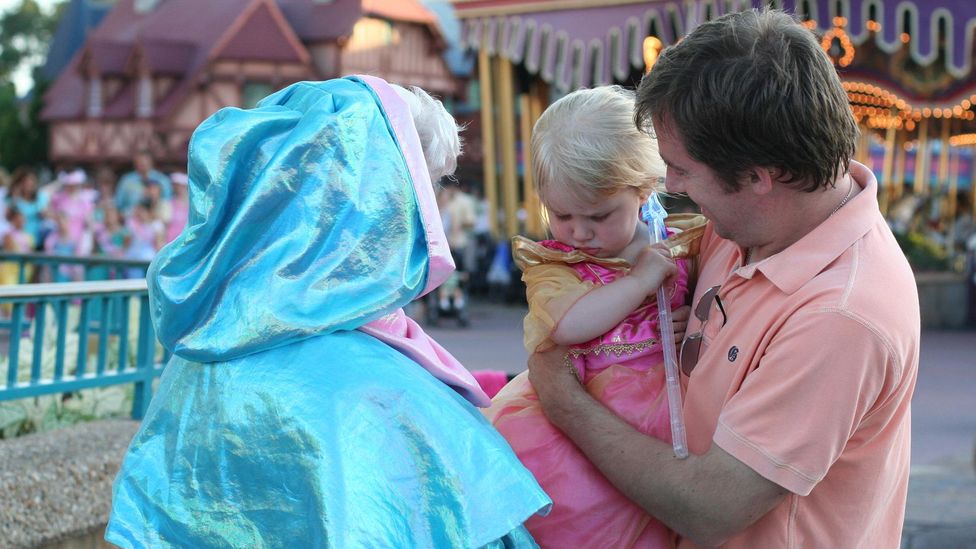
One study found engagement with Disney princesses in two-year-old girls associated with greater female gender-stereotype behaviour (Credit: Getty Images)
Lasting impact of stereotypes
Some researchers divide the corporation's portrayal of women into distinct eras. First came the domestic era, when female characters like Snow White, Sleeping Beauty and Cinderella were portrayed as homemakers, often cleaning and in need of rescue by a man.
Then came the rebellious, new-age phase of Ariel in The Little Mermaid, Princess Jasmine in Aladdin, Pocahontas and Mulan. During this period, Disney's women seemed to gain a more independent streak, striving to free themselves from the bonds of society. But Ariel also sacrifices her voice in order to be with the man she loves.
"The symbolism here is powerful," wrote Mia Adessa Towbin and her colleagues at the family studies department of Colorado State University in one study. "To win the love of the prince, she must forfeit her thoughts and intellect, her independence and identity."
Although the story was originally written by Hans Christian Andersen, the researchers say it provides an apt metaphor for many of Disney's heroines – "no one listens to their words".
The Little Mermaid and the five subsequent films also show another trend – the female characters start to speak less. Despite being the title characters, women speak just 32% of the time in The Little Mermaid, while they have just 24% of lines in Pocahontas and 23% in Mulan. In Aladdin, female characters have just 10% of the dialogue.
Carmen Fought and Karen Eisenhauer, the linguists at North Carolina State University whose analysis produced these figures, also found male characters in the same films tended to boss the female characters around far more than vice versa. When the women did so, they were more polite than the men. Others have suggested levels of uncertainty in the dialogue of female characters have also increased.
For critics, this sends a strong message to young children that reinforces many long-standing gender stereotypes. And there is some evidence it could leave a lasting impression.
A study by family life researcher Sarah Coyne at Brigham Young University – inspired by concerns about her daughter's own consumption of Disney – found that engagement with Disney princesses in young girls around two years old was associated with greater female gender-stereotype behaviour and lower body self-esteem a year later.
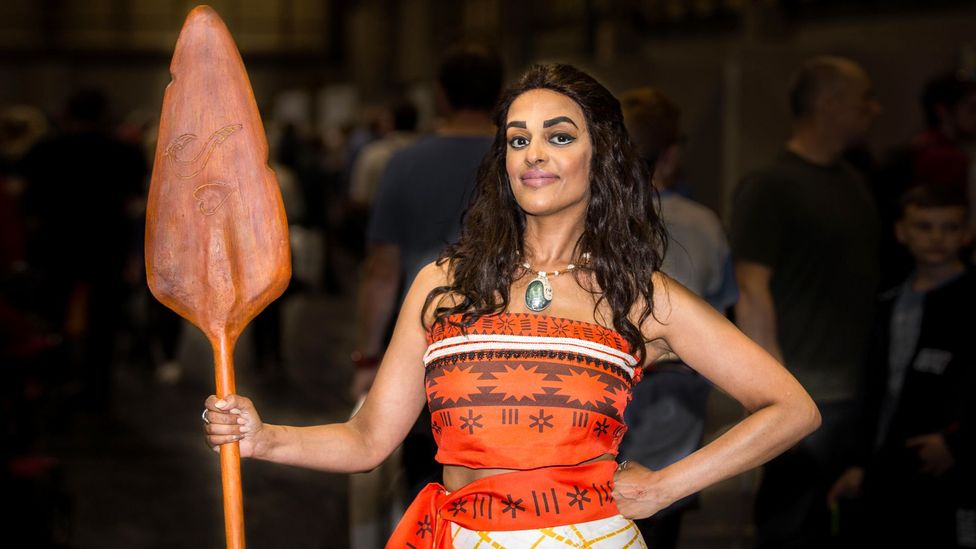
The female characters in films like Brave and Moana – strong and in control of their own lives – represent a new era of Disney (Credit: Getty Images)
Demonising the mentally ill
Disney has also faced criticism over its treatment of mental health – 85% of Disney's 34 animated features released before 2004 contained references to mental illness, often in ways that aimed to denigrate or set apart characters, according to psychology researchers at the University of Calgary. They warned it could have "implications for child viewers in terms of their potentially learning prejudicial attitudes" against people perceived as having mental health problems.
The same research team also warned that the high prevalence of references to evil in Disney's films could also lead children to learn to "demonise people who engage in perceived 'bad' behaviours" if they watch the films repeatedly.
It is something Fred Zimmerman, a behavioural economist at the University of California, Los Angeles, agrees could be contributing to wider societal problems today.
"Disney films almost always present a battle between Good and Evil," he says. "One can't help but wonder if this Disnified understanding of the world as a struggle between the good guys and bad guys is a piece of today's problems of political polarisation and social exclusion."
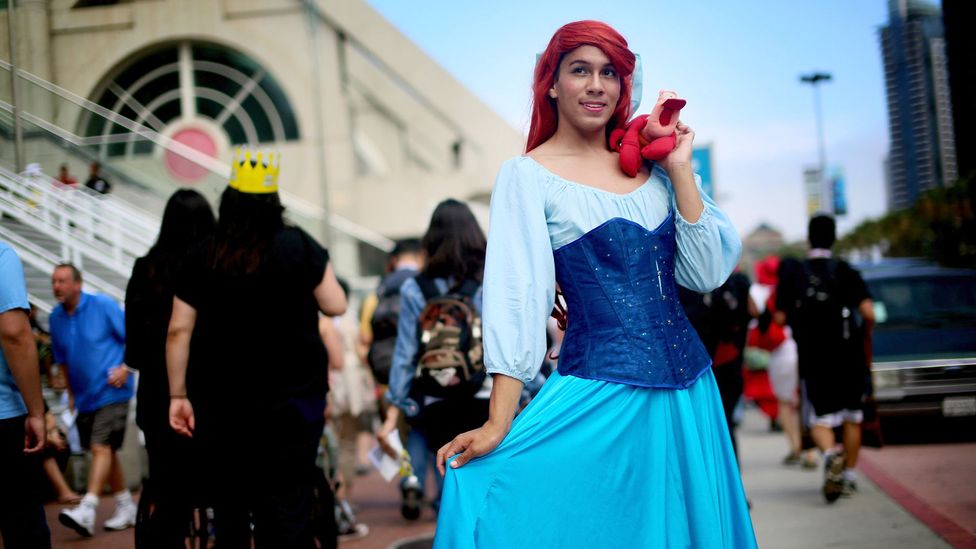
Watching Disney characters help one another inspired children to help their own friends, one study found (Credit: Getty Images)
The hidden upside
But there are many potential positive effects from Disney's films too. One study showed that watching Disney characters help one another – a common thread – inspired children to help their own friends.
Another study by Coyne revealed that Disney films are rich in so-called "prosocial" behaviour, such as sharing, helping others, or offering compliments or encouragement. She and her colleagues found that Disney's films contain an average of one act of prosocial behaviour every minute – about seven times the level found in other children's television programming in the US.
Griffin believes that the messages learned by children at a young age from films can be carried into the workplace and that there is a good chance that someone sitting near you in the office has had some of their beliefs shaped by Disney.
He has studied how work is portrayed in Disney films and says it may have contributed to the reluctance among the younger workforce to join traditional workplaces. Millennials demand far more flexibility from employers than previous generations, are more willing to change jobs and companies and often prefer self-employment to the constraints of full-time contracts.
"In the early films, work was always portrayed as this horrible bad thing," says Griffin. "You had characters who were often separated from their parents and punished in this world of work, like Snow White filling up the wash bucket and slaving away in the house and Cinderella subjected to work in the household."
"Disney's response was to say 'whistle while you work' and everything will be ok as a prince will come along and rescue you," he says. "That went on in the films for years."
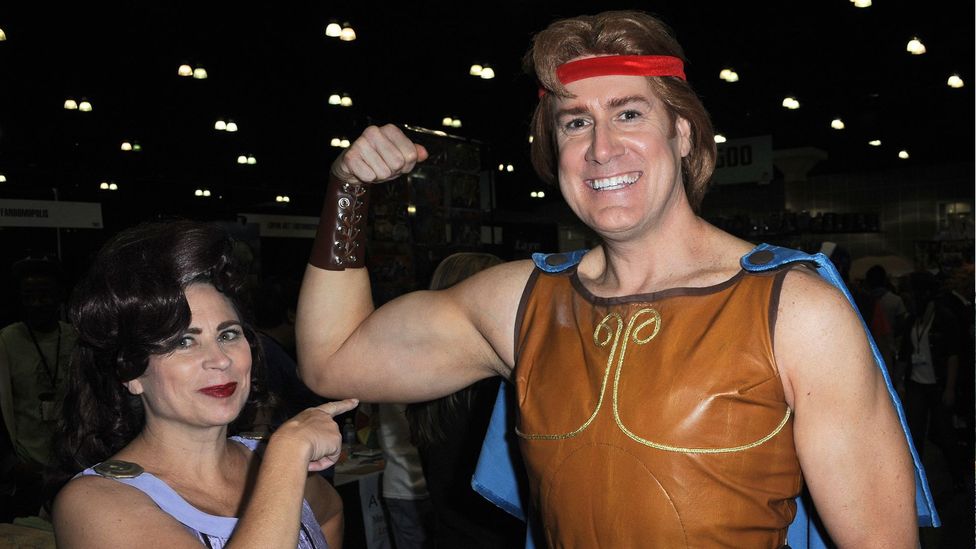
"If you think about that [situation] in a modern workplace, it is a dangerous view to have – if you just carry on being exploited because you think everything is going to turn out to be okay."
Managers – think about the ugly stepsisters in Cinderella for example – are also typically portrayed as manipulative and horrible.
It might also explain some of the dissatisfaction that millennials who were children during the late 1990s have with work, he says.
Disney itself did not respond to repeated BBC requests for an interview or a comment for this article. But in Disney's recent films many researchers have noticed a marked change. Griffin, for example, says careers are portrayed more positively and as something to aspire to.
"Zootopia is great example of work in Disney films," says Griffin. "There is a bunny rabbit who wants to be a police officer and she gets laughed at but throughout the film she sets out to prove herself. The newest films also have this idea of bringing your friends closer to you to help change your identity and your workplace. That's a really positive message."
The female characters in Frozen, Brave and Moana also represent a new, independent and free-spirited era of Disney. They are strong and in control of their own lives and no longer need male characters to save the day. But while Brave and Moana are seen as truly breaking the Disney princess mould, opinion is somewhat divided over Frozen's heroines.
"The company is attempting to keep up with the times with reference to gender equality and representation," says Ingvild Kvale Sørenssen, who studies children's relationships with Disney at the Norwegian University of Science and Technology. "How this influences [children long term] we cannot know, but representation matters, diversity matters. And being able to dream and imagine oneself a character, and to merely be entertained, is not a bad thing."
Perhaps most welcome are the recent remakes of the older classic Disney animations such as Aladdin and the upcoming Mulan. Earlier this month Disney announced it was casting R&B singer and actress Halle Bailey in the role of Ariel in a live-action version of The Little Mermaid, a decision that drew a backlash from some fans, but was widely applauded.
"Disney's recasting of prior era's works is extremely impactful for children of colour and for global diversity," says Shearon Roberts, who is studying the changing face of Disney's social consciousness at Xavier University of Louisiana in New Orleans. "Disney's current decade has offered girls the full spectrum to dream beyond castles and to imagine the full reach of their abilities.
"It is also a message for young boys. Women and girls are not just their objects of affection, but allies in ridding their worlds of evil and making the world better for all."
When Younger Vs When Older Disney Movies
Source: https://www.bbc.com/worklife/article/20190724-did-disney-shape-how-you-see-the-world
0 Response to "When Younger Vs When Older Disney Movies"
Enregistrer un commentaire